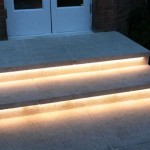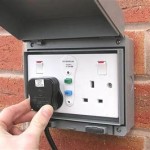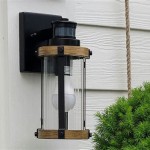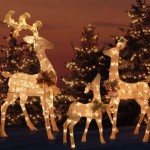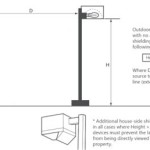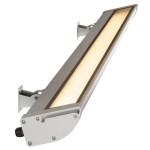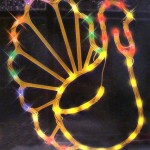What Is the Difference Between Indoor and Outdoor Light Fixtures?
Lighting is an essential aspect of any space, whether it's a cozy living room or a sprawling outdoor patio. While the fundamental purpose of lighting remains the same, the demands placed on indoor and outdoor fixtures differ considerably due to exposure to varying elements and environmental conditions. This article will delve into the key differences between indoor and outdoor light fixtures, providing a comprehensive understanding of the factors that influence their design, materials, and functionality.
1. Environmental Considerations: The Battle Against the Elements
The most significant differentiation between indoor and outdoor light fixtures lies in their ability to withstand the rigors of the external environment. Outdoor fixtures are designed to endure harsh weather conditions, including rain, snow, sleet, extreme temperatures, and even high winds. They must be weatherproof and resistant to corrosion, ensuring long-term durability and functionality.
Indoor fixtures, on the other hand, are primarily concerned with aesthetic appeal and efficient illumination within a controlled environment. While they may be exposed to occasional splashes of water or humidity, they are not designed for extended exposure to the elements. The materials used in indoor fixtures are often lighter and more susceptible to damage if subjected to prolonged outdoor conditions.
2. Material and Construction: Ensuring Durability and Safety
The materials used in indoor and outdoor light fixtures reflect the unique demands of each environment. Outdoor fixtures prioritize durable materials that can withstand weathering and corrosion. Aluminum, stainless steel, and cast iron are commonly employed due to their strength, resistance to rust, and ability to withstand temperature fluctuations. Glass used in outdoor fixtures is often tempered or frosted to increase durability and prevent shattering.
In contrast, indoor fixtures utilize a wider range of materials, including delicate materials like glass and crystal. However, these materials are typically not suitable for outdoor use due to their susceptibility to damage from the elements. Indoor fixtures prioritize aesthetics and cost-effectiveness, while outdoor fixtures prioritize functionality and long-term performance.
3. Safety and Electrical Considerations: Protecting Users and Preventing Hazards
Safety is paramount when it comes to electrical appliances, and this principle applies even more stringently to outdoor fixtures. Outdoor fixtures must adhere to stringent safety standards, ensuring that they are properly grounded and insulated to prevent electrical shocks. The electrical components are often encased in weatherproof housings, ensuring their protection even during heavy rainfall.
Indoor fixtures, while still subject to safety regulations, typically have less stringent requirements due to the controlled environment. They are generally designed for indoor use and are not intended for outdoor applications. It's crucial to never attempt to use an indoor fixture outdoors, as doing so could pose serious electrical hazards.
4. Light Output and Distribution: Illuminating the Space Effectively
The type of light emitted by indoor and outdoor fixtures can significantly impact the ambiance and functionality of a space. Indoor fixtures often focus on providing a specific ambiance, such as warm and inviting light for a living room or focused task lighting for a home office. The light distribution may be directed or diffused depending on the desired effect.
Outdoor fixtures are often chosen for their ability to provide adequate illumination for safety and security purposes. They may utilize floodlights for broad illumination, spotlights for focused beams, or motion-activated lights for increased security. The choice of light output and distribution depends on the specific application and the desired effect.
Choosing the right light fixture for your needs requires careful consideration of the unique characteristics of each environment. By understanding the differences between indoor and outdoor light fixtures, you can select the appropriate lighting solutions that enhance the functionality, safety, and aesthetic appeal of your spaces.
What Is The Difference Between Indoor And Outdoor Lighting Bbier Ledlighting Quora
What Is The Difference Between Indoor And Outdoor Lighting Bbier Ledlighting Quora

Indoor And Outdoor Light Bulbs Pacific Lamp Supply Company

What Are The Differences Between Indoor Outdoor Lighting Tcp

Indoor Vs Outdoor Bulbs What Are The Differences Tcp

Differences Between Indoor And Outdoor Lighting The Mamma Fairy

Choose The Best Color Temperature For Your Outdoor Lighting Knowledge Base Super Bright Leds

Indoor Vs Outdoor Lighting Are They Interchangeable Kirby Electric

Is There A Difference Between Indoor Led S And Outdoor Rain Rich Lawn Sprinklers Landscape Lighting

Pitch Led Indoor Outdoor Wall Sconce By Visual Comfort Modern At Lumens Com
Related Posts
